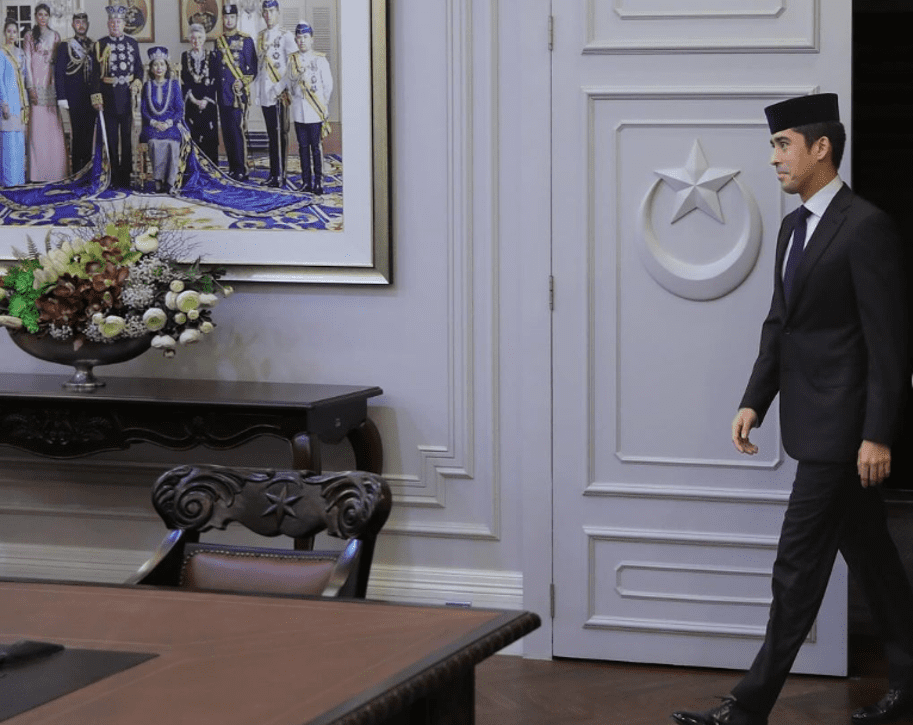18.08.2024
It is high time for the modern man to wear a tie
The text explores the diminishing popularity of neckties in contemporary society, particularly in professional settings. It supports the argument presented in GC's article that the necktie is a timeless accessory deserving of preservation.

By Shakir Yusop
Wearing a tie, especially in a setting that reflects authority and heritage, reinforces the significance of attention to detail and the role of attire in conveying respect, stature, and a commitment to excellence.
Picture: HRH Tunku Abdul Rahman's Instagram
Like many other things, menswear is a topic affected by the ever-changing times with people developing strong opinions about what a man should or should not wear.
In the GC article ‘Necktie: A gentleman’s timeless accessory’ by Amir Benzaki, the writer examined the arguments for maintaining neckties as part of the man’s wardrobe. He reasoned that the necktie is more than just a piece of clothing – it is a form of art that deserves to be celebrated and preserved in modern times. Outlining the long, illustrious history of neckwear to the 17 th century, the writer highlights how this once militaristic accessory has evolved into a symbol of elegance, worn by men across various spheres of life: from nobilities and academic institutions to workplaces and social clubs. He concludes that the necktie is a timeless symbol of tradition and modernity deserving of its place in today’s attire. This write-up is to further support the statement made by the writer, while providing additional comments on some of the ideas discussed in his article.


